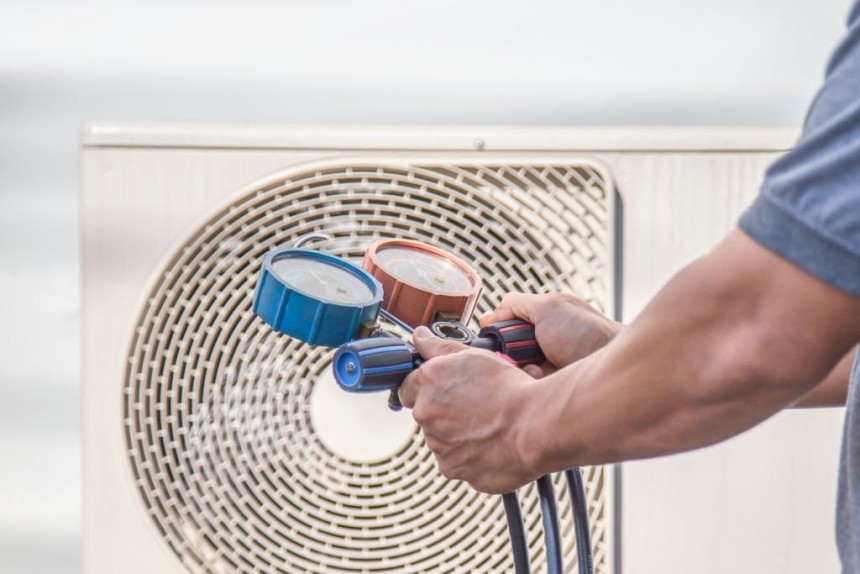
When Can Appliances Containing Refrigerants Be Recovered to Atmospheric Pressure?
When Can Appliances Containing Refrigerants Be Recovered to Atmospheric Pressure?
Oh, hello there! You've chosen quite a fascinating topic to dive into today, if I do say so myself. Let's buckle up and dive into the world of refrigerants and the complexities involved in their recovery to atmospheric pressure. And yes, you might want to grab a cup of coffee or tea; this could get chillingly thrilling!
Understanding the Refrigerants
Refrigerants, my friend, are the secret agents of the cooling world. They absorb the heat and release it elsewhere, letting your appliances do the cooling magic they do. These sneaky little substances exist in a delicate balance within your appliances, under certain pressure levels that differ from our atmospheric pressure. Recovery in this context refers to the process of removing refrigerants from an appliance and storing them in an external container.
The Whys and Whens of Recovery
So, why would anyone want to disturb these hard-working refrigerants and expose them to atmospheric pressure? Good question! This usually happens when an appliance has seen better days and is ready for disposal or recycling. We wouldn't want these refrigerants escaping into the atmosphere and causing environmental harm, would we?
Note: It's also essential to carry out recovery before servicing appliances to prevent any unintended release of refrigerants.
Refrigerants should be be recovered to atmospheric pressure when they are removed from the system. This process is often guided by regulations such as the EPA’s Section 608 of the Clean Air Act in the United States, which provides standards for safe and responsible refrigerant handling.
Refrigerant Recovery Process Now, let's get down to the nitty-gritty of the process. Buckle up, because it's about to get technical!
Warning: The recovery process should be carried out by certified professionals, using approved recovery equipment. Trying to do this on your own could lead to dangerous outcomes, such as injuries from high-pressure refrigerant or environmental harm from improper disposal.
Steps Involved
Step Description
1. Pre-recovery setup The recovery unit is connected to the appliance, ensuring all valves and connections are secure.
2. Recovery The unit is switched on, and the refrigerant is sucked out from the appliance into the recovery unit.
3. Post-recovery checks After the process is complete, checks are made to ensure that no refrigerant remains in the appliance.
As you can see, it's not exactly a DIY project. Each step is done with utmost caution, and even a minor mistake can have serious consequences.
Living Responsibly with Refrigerants
Despite being so crucial to our modern lives, refrigerants have a dark side. They can be pretty nasty to our environment if not managed properly. Hence, it's our responsibility to ensure that they are handled and disposed of correctly, following the necessary regulations and guidelines.
Tip: When buying a new appliance, check for its environmental impact. Consider opting for models that use beneficial refrigerants or that are designed for easier and safer refrigerant recovery.
Well, that was quite a journey, wasn't it? I hope you found the information helpful and insightful. Remember, the world of refrigerants may be cold, but the impact of handling them irresponsibly can be hot and damaging. Now, go forth and spread the word about responsible refrigerant handling!
Final Thoughts: If refrigerants could talk, I bet they would have some pretty "cool" stories to tell. Stuck within the confines of our appliances, silently working away, only to be sucked out into an external container when their job is done. It's almost poetic, in a strange, refrigerant kind of way. Here's to the unsung heroes of our daily comfort – the refrigerants!





